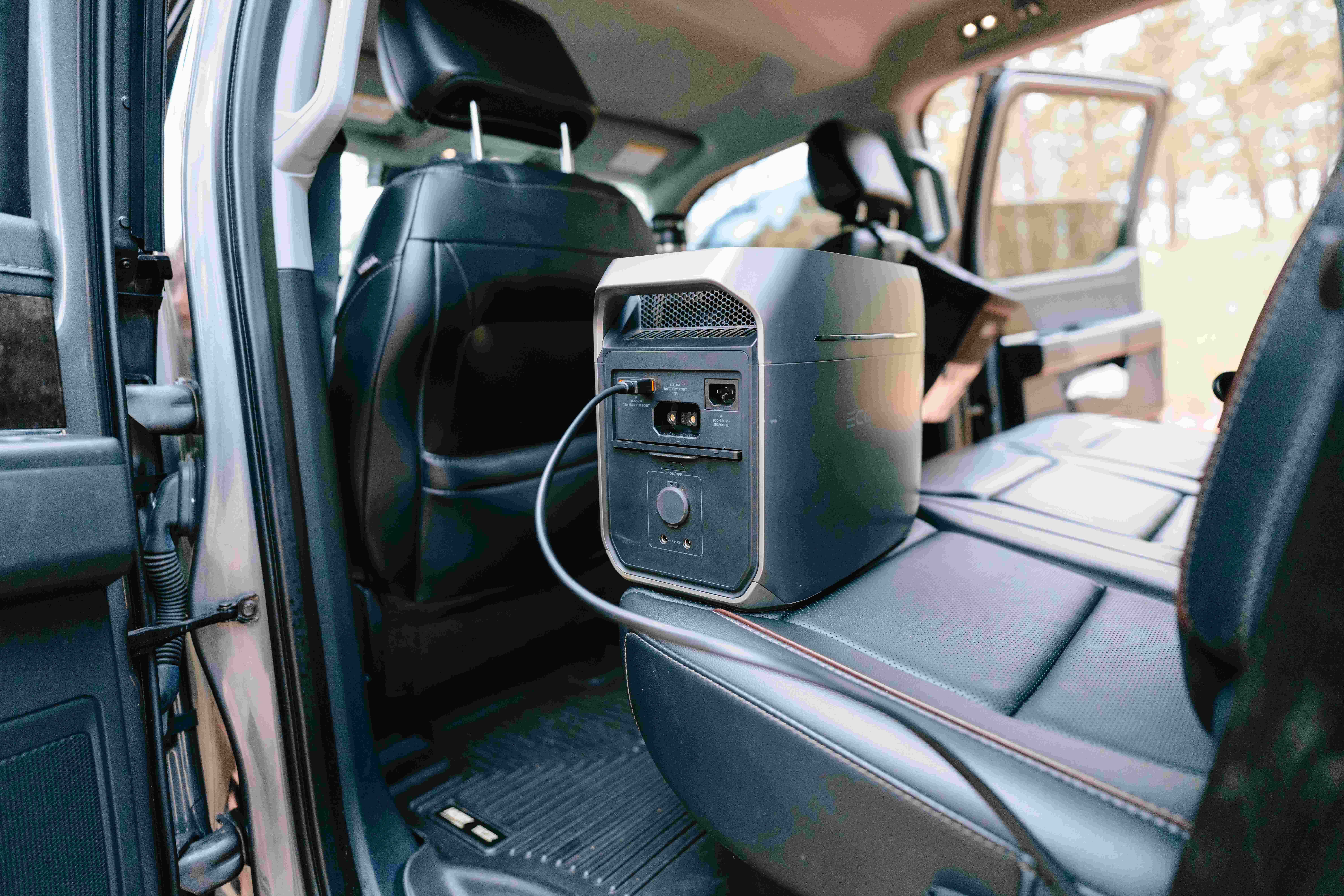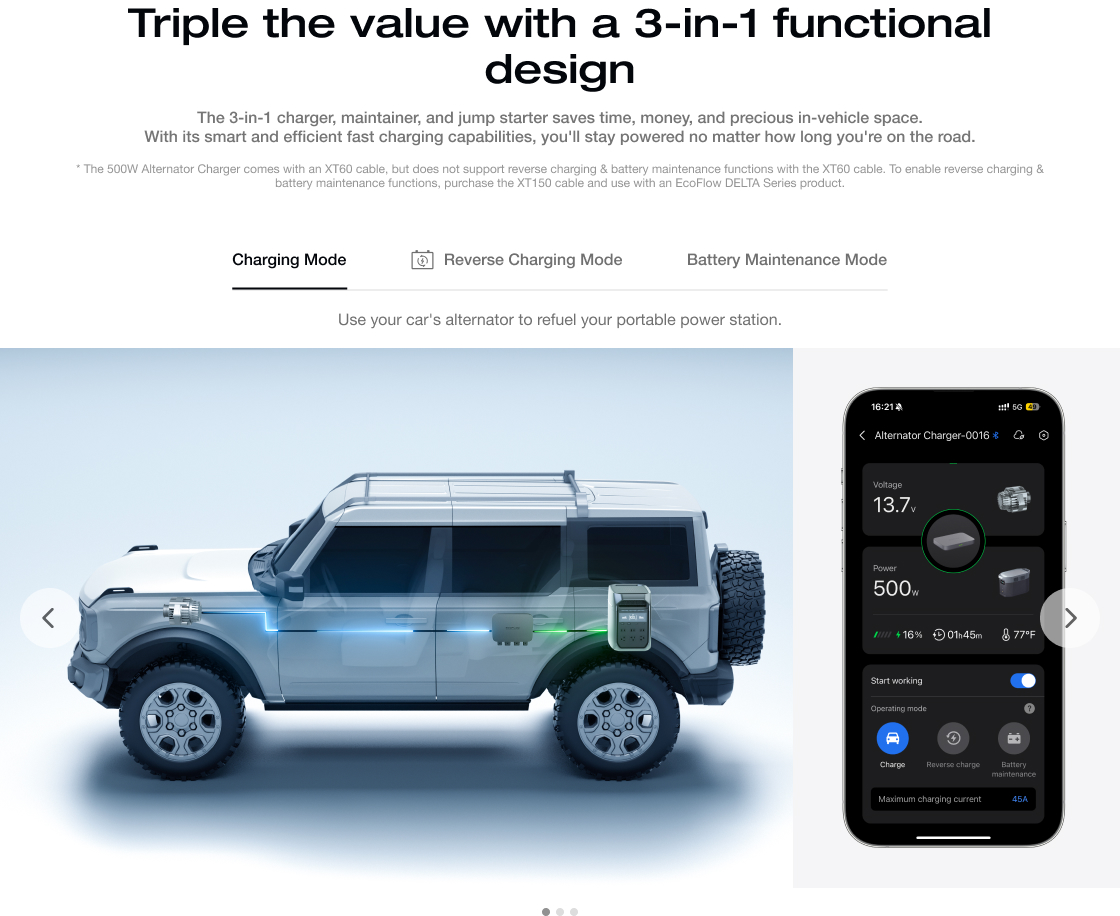How to Charge a Car Battery at Home: A Modern Guide for Seasonal Readiness and Home Battery Users
- Why People Charge Car Batteries at Home
- Common Scenarios That Call for Charging
- What You Need to Charge a Car Battery at Home
- Steps to Charge a Car Battery
- Using Stored Energy for Car Charging
- How to Choose the Right Charger
- Mistakes to Avoid
- When Charging Doesn’t Work
- FAQ: Quick Answers for Curious Drivers
- Final Thoughts
Car batteries tend to die exactly when you don’t want them to. Maybe the car’s been sitting through winter. Maybe you left the lights on. Either way, turning the key and getting silence is never fun. But the fix is easier than you might think—especially if you’re already using a solar battery or home energy system.
This guide shows how to recharge a car battery from home power sources, including solar setups and backup batteries. The tools are simple, the process is safe, and the timing couldn’t be better if you’re getting ready for a new season.
Why People Charge Car Batteries at Home
A car battery drains for different reasons. Cold temperatures slow chemical reactions inside the battery. Short trips don’t give the alternator time to recharge it. Letting a car sit untouched for weeks leads to gradual power loss. If the battery’s already old, it drains even faster.
Home charging helps avoid towing or waiting for roadside help. And if you already have a solar battery or home battery installed, you’re in a strong position. Stored power works just as well for charging a car as it does for running your fridge.
Common Scenarios That Call for Charging
Some cases are more obvious than others. Here are a few common situations:
- You haven’t driven your car in over two weeks.
- It’s been unusually cold or hot outside.
- You heard the starter hesitate this morning.
- You’re storing the vehicle for the season.
- You’re recovering from a blackout and the car didn’t get driven.
If any of these apply, topping up the battery at home can prevent future trouble.
What You Need to Charge a Car Battery at Home
The list is short:
- A car battery charger
- A steady power source (wall outlet or home battery)
- Gloves and eye protection
If you’re using a solar battery system, confirm it includes an AC output or inverter suitable for small devices.
Some chargers come with digital displays or built-in diagnostics. These aren’t required, but they help you monitor progress without guesswork.
Steps to Charge a Car Battery
Step 1: Stay Safe
Check the manual for both your vehicle and your charger. Remove any jewelry. Work in a space with good airflow. Charging can release gas, especially with older batteries.
Step 2: Find the Terminals
Most car batteries are under the hood. Some are in the trunk. Open the plastic cover if needed. Look for two marked terminals: red is positive (+) and black is negative (–).
Step 3: Connect the Charger
Leave the charger off. Then:
- Attach the red clamp to the positive terminal (+)
- Attach the black clamp to the negative terminal (–)
Wiggle them slightly to check the connection.
Step 4: Plug In and Start Charging
Now connect the charger to your power source. This could be a standard outlet or a solar battery system like EcoFlow’s solar batteries. Choose a charging mode. Low amperage charges more slowly but gently. High amperage is faster but harder on the battery.
Step 5: Wait and Watch
Most charges take 2 to 8 hours. Many chargers show progress with lights or screens. Smart models shift to maintenance mode once the battery is full.
Step 6: Unplug in Reverse Order
Turn off the charger. Unplug it. Remove the clamps: black first, then red. Replace any battery covers. Start the car to confirm success.


Using Stored Energy for Car Charging
If your home uses solar panels and a battery system, car charging is one more way to use that energy. EcoFlow’s solar batteries store up to 90kWh of power—enough for lights, fridges, and battery chargers alike.
These systems offer AC output up to 21.6kW and solar input up to 16.8kW. That’s plenty for household needs, even during a blackout. With this kind of setup, you can keep your car ready even when the grid is down.
Solar battery systems are also useful during seasonal transitions. Before you put your car into winter hibernation or get it ready for summer travel, you can rely on your stored solar power to give the battery a fresh start.
How to Choose the Right Charger
Your charger should match your battery type:
- Automatic chargers shut off once charging is done.
- Manual chargers require you to monitor and stop charging.
- Smart chargers adjust based on battery condition and switch to trickle mode when full.
If you leave a car parked for weeks or months, a smart charger powered by a solar battery can keep it healthy without overcharging.
Check the charger’s voltage compatibility. Most car batteries are 12V, but older or specialty vehicles may differ. Look for safety features like reverse-polarity alerts and spark-proof clamps.


Mistakes to Avoid
Some of the most common errors are easy to prevent:
- Using a charger in a sealed room
- Swapping positive and negative clamps
- Ignoring signs of corrosion on terminals
- Letting an old charger run unattended
- Forgetting to check battery health before starting
Before charging, check the battery for white or blue deposits. Clean it with a baking soda paste if needed.
If the battery smells like rotten eggs or shows signs of bulging, it may need replacement instead of a recharge.
When Charging Doesn’t Work
If your car won’t hold a charge after several attempts, the issue may go beyond a drained battery. Here’s what else to check:
- Alternator problems: If the alternator isn’t working, the battery won’t recharge during driving.
- Parasitic drain: Some electronics might pull power when the vehicle is off.
- Internal battery damage: Old or overused batteries may lose capacity permanently.
A mechanic can help identify the root cause. But if you’ve ruled out the obvious, a home battery test or voltmeter can give you early insight.
FAQ: Quick Answers for Curious Drivers
Q1: Can I charge my car battery without disconnecting it?
Yes, you can charge your car battery without disconnecting it, and it’s generally safe if done correctly. But make sure your vehicle is turned off and accessories are unplugged. And please always connect the red clamp to positive and black to negative to avoid sparks.
Q2: Is it safe to use a home battery system for this?
Yes, it’s safe to use a home battery system to charge a car battery—as long as you do it the right way. You’ll need to connect your car battery to a proper charger first, then plug that charger into your home battery system.
Here’s how:
- Use a smart charger: Plug it into the AC outlet of your home battery. It will safely manage the charging process.
- Never connect the car battery directly to the home battery without a charger in between. That can damage both batteries.
- Check your power rating: Make sure your home battery has enough output to support the charger (usually 100–200W is enough).
In short, if you use the right tools and follow safe steps, a home battery is a reliable and quiet way to charge a parked car.
Q3: How often should I charge a battery in a parked car?
If your car is parked and not being driven regularly, it’s best to charge the battery every 2 to 3 weeks to keep it healthy. This prevents the battery from discharging too much, especially in cold weather or if the car has electronics that slowly drain power (like security systems or digital clocks).
Here are a few tips:
- Short-term parking (a few days to a week): No need to charge.
- Parking for 2–4 weeks: Consider using a smart charger or charging manually once midway.
- Parking for over a month: Use a trickle charger or battery maintainer to keep the battery topped up automatically.
Q4: Does a solar battery charge the car directly?
No, a solar battery can’t charge a car battery directly. Car batteries need a specific voltage range, usually 13.8–14.4V, which solar batteries don’t provide safely on their own. To do it right, connect a smart charger or use a solar charge controller to regulate the solar battery’s output. The charger controls the voltage and safely charges the car battery without causing damage.
Final Thoughts
Knowing how to charge a car battery at home adds freedom. There’s no need to wait or worry. If you already have a home battery, it’s even easier.
EcoFlow’s solar batteries give you the backup power to take care of basic needs—and that includes keeping your vehicle ready to drive. When seasons change, or the power goes out, that kind of readiness matters.
Charging a car battery isn’t just about avoiding emergencies. It’s about being prepared. And if your power comes from the sun, that preparation goes even further.